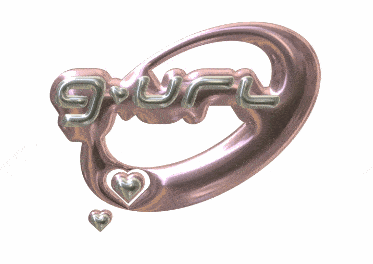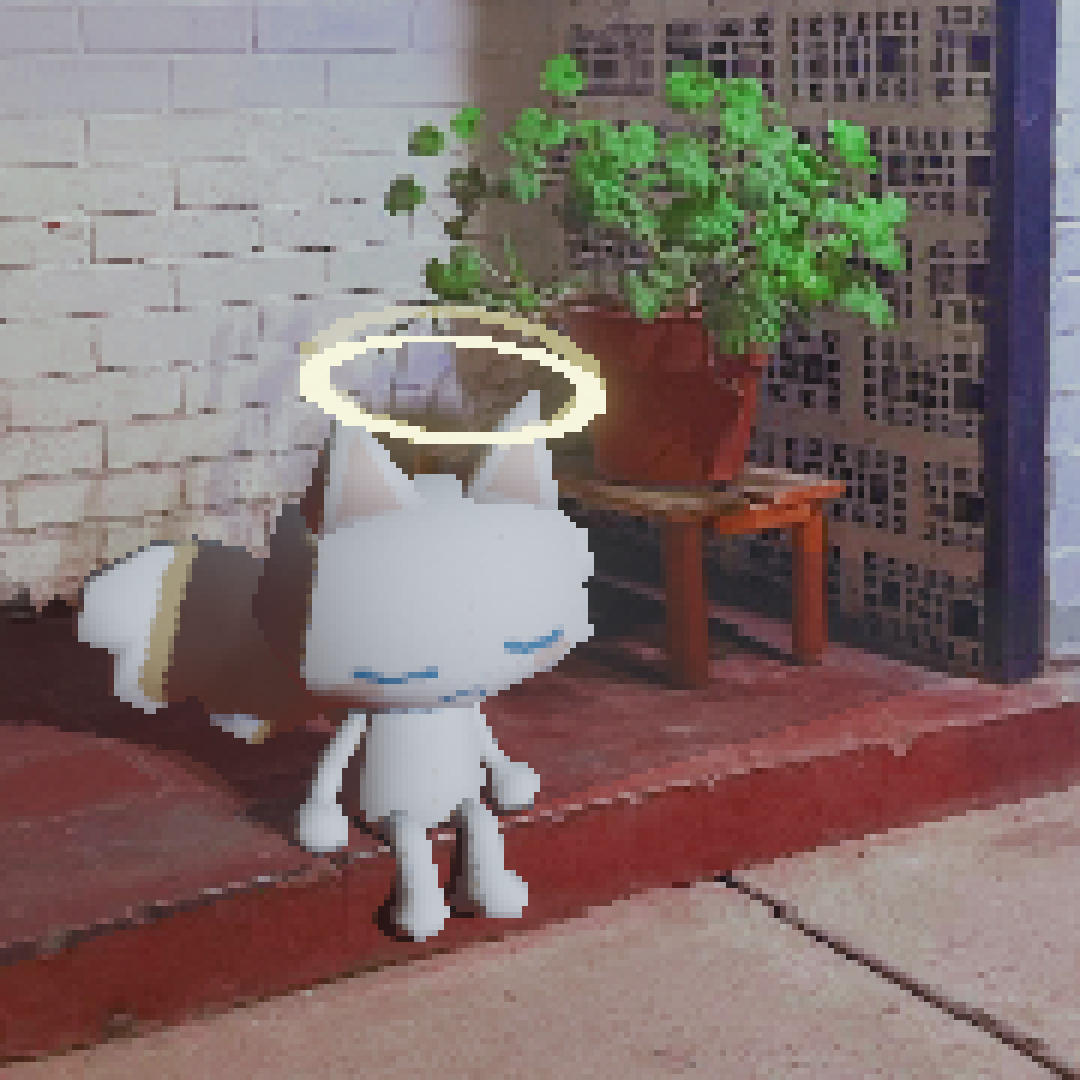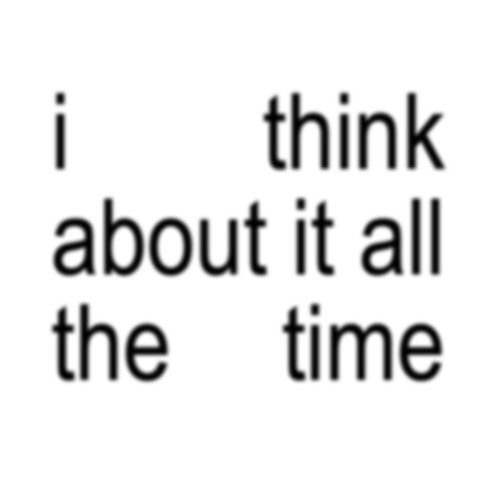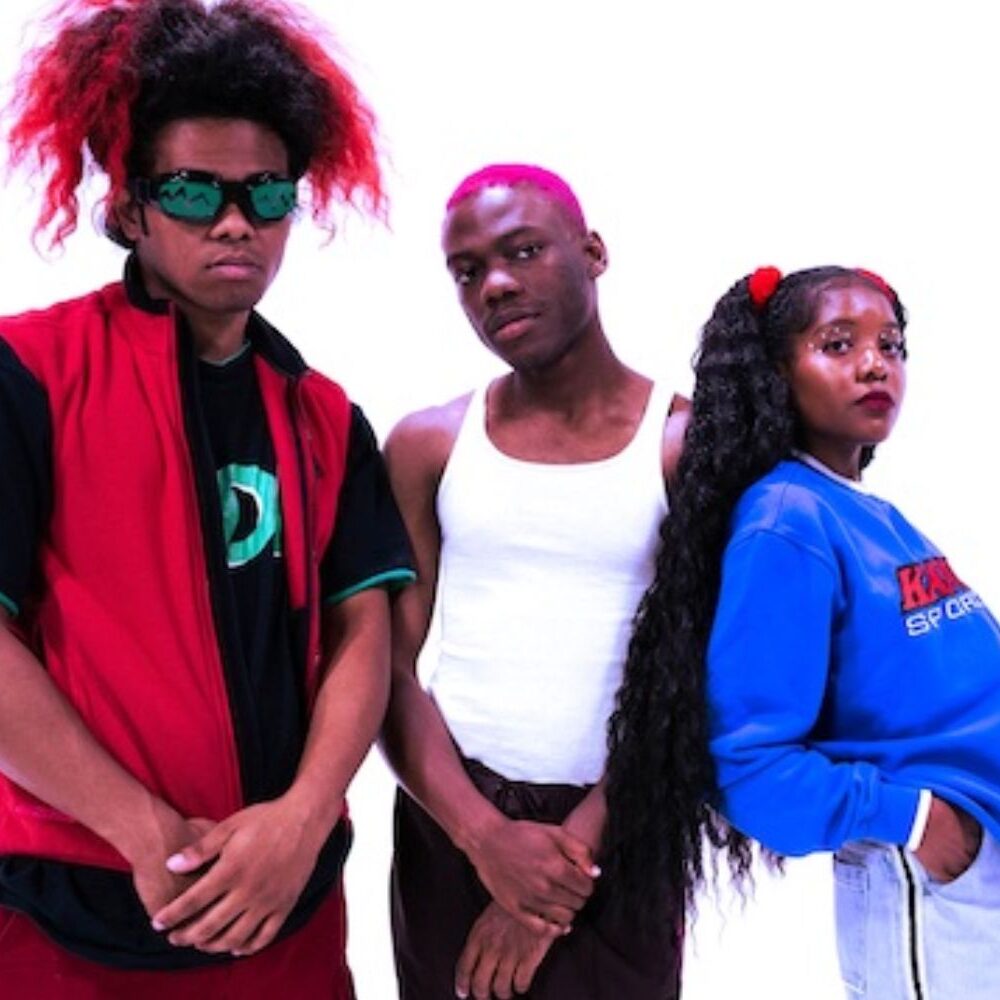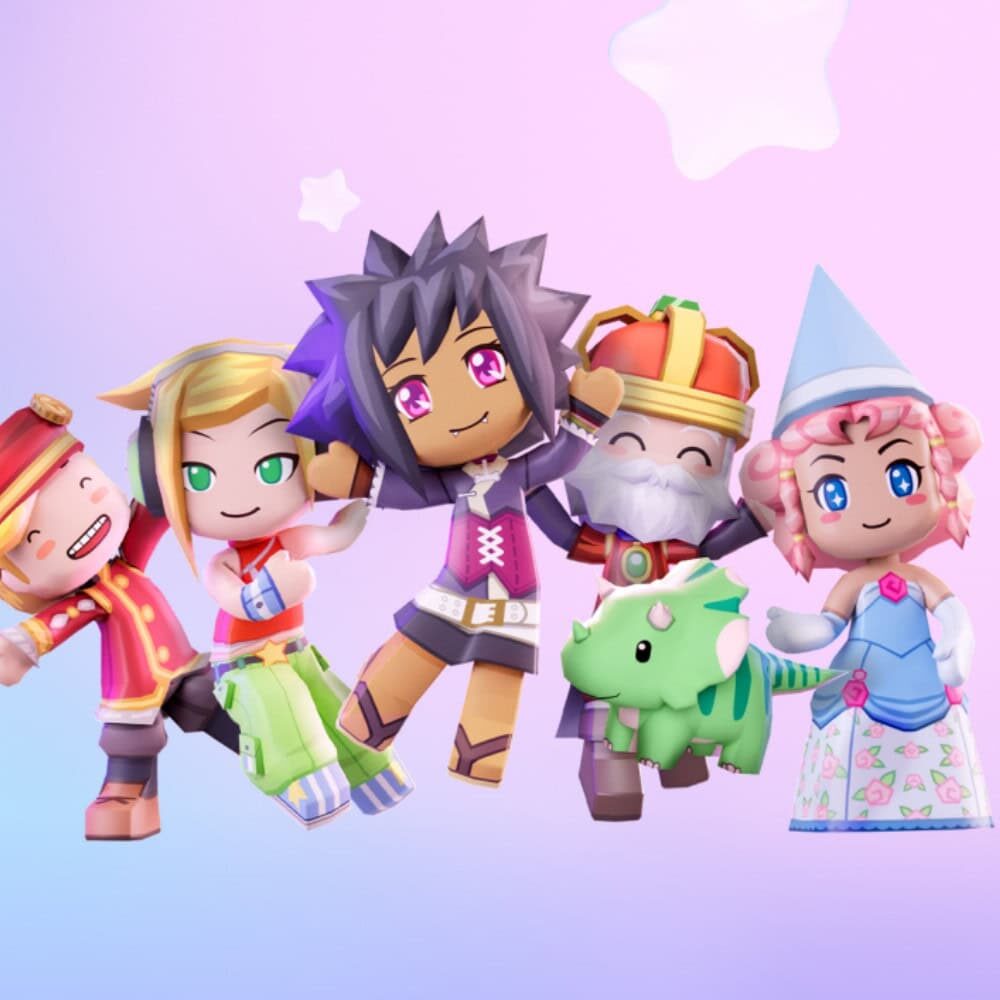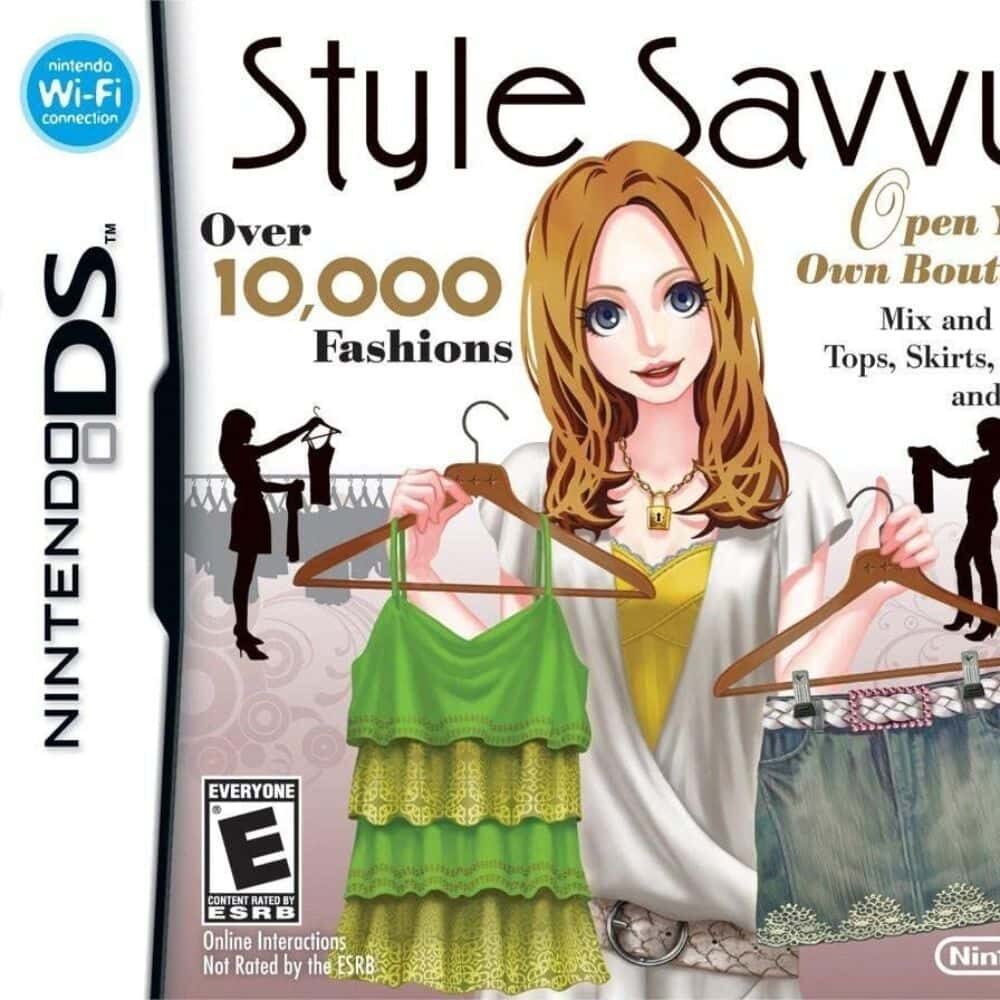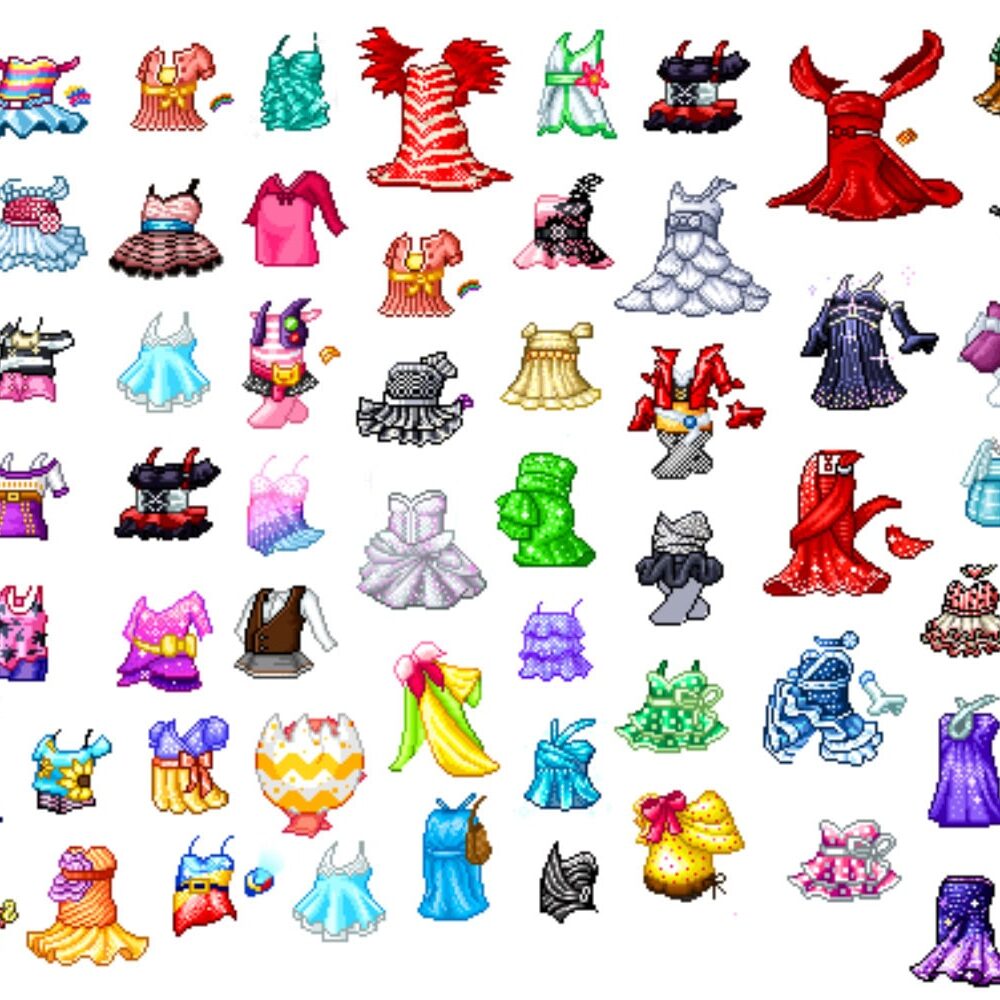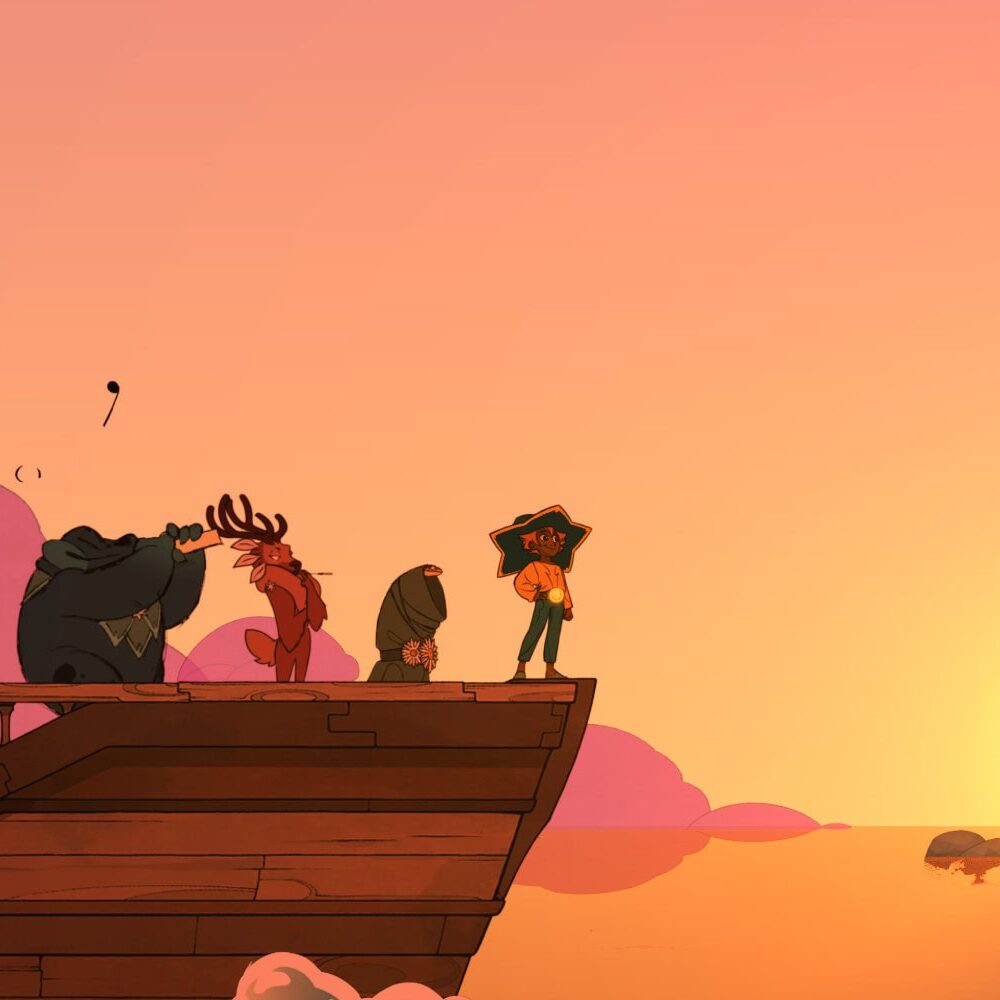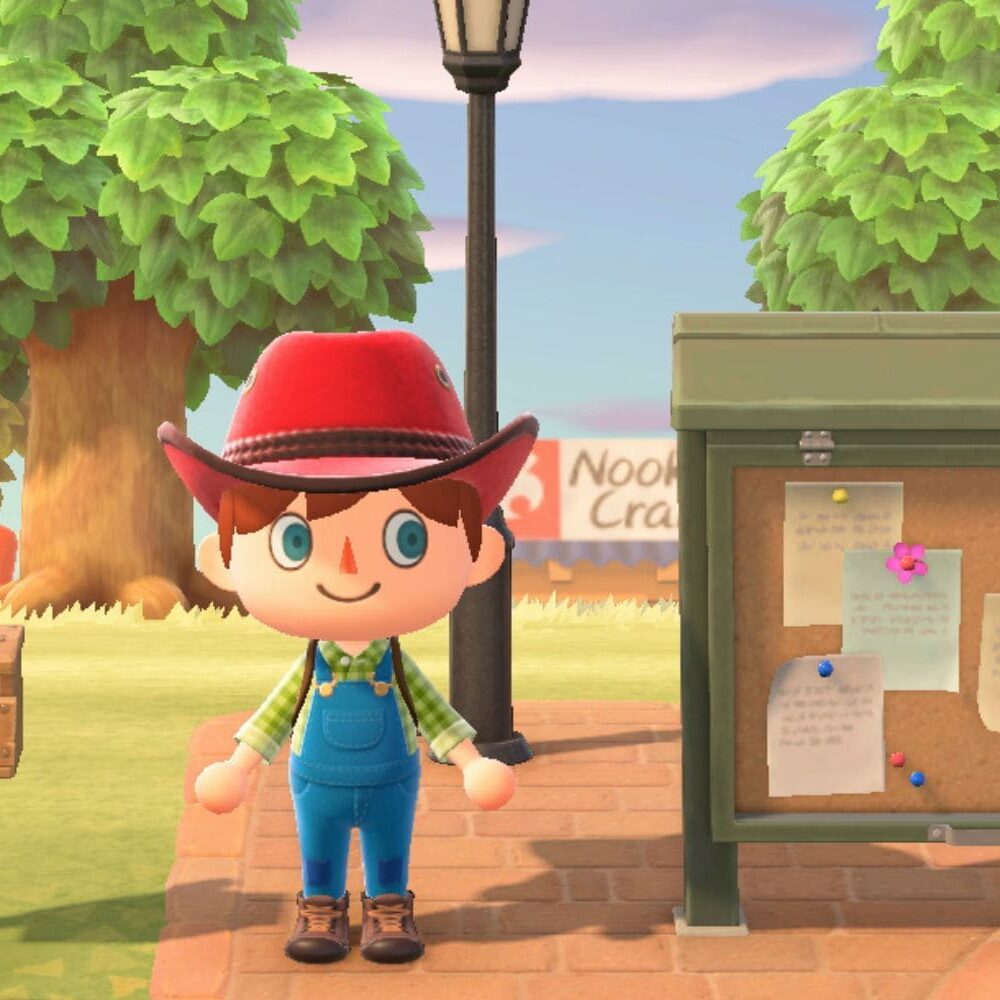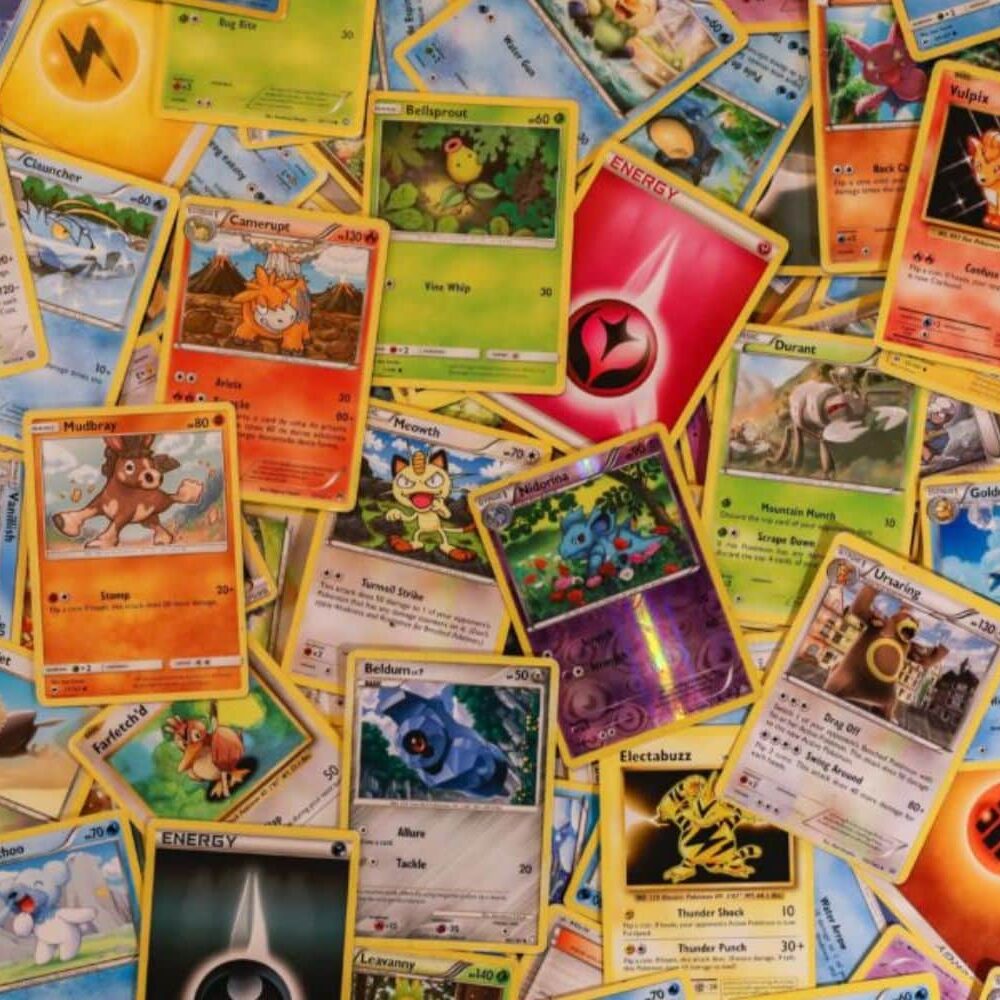
Exploring the Dreamlike Nostalgia of an Internet-Born Subculture
The 2010s saw the birth of countless digital subcultures, but none have lingered in our collective consciousness quite like Vapourwave. What started as a niche internet movement has become a defining aesthetic for a generation that’s both obsessed with and critical of the past. Dismissed by some as a fleeting trend, Vapourwave has seeped into fashion, art, and even corporate branding, proving it’s more than just a passing phase. If you haven’t yet dived into this bizarre world, now’s the time.
Vapourwave draws you in with its unmistakable visuals: neon grids, busts of classical statues, retro tech, and surreal dreamscapes. It’s all a bit like stepping into an alternate reality where the 1980s never really ended, and the 90s are on a perpetual loop. The sound? Imagine 80s pop tunes chopped and screwed, smooth jazz warped into slow-motion, and corporate jingles drenched in reverb. It’s weirdly comforting yet unsettling—a sonic echo of a world that feels both familiar and alien.
At its heart, Vapourwave is all about reclaiming the mundane. It takes the forgotten ephemera of consumer culture—elevator music, old Windows 95 logos, the sterile corridors of a shopping mall—and flips them into something new. It’s nostalgia, but not the warm and fuzzy kind. It’s more like a glitchy dream where nothing is quite right, and that’s exactly the point. Vapourwave isn’t just playing with the past; it’s critiquing our obsession with it, reminding us that those “good old days” were never as perfect as we remember.
One of the reasons Vapourwave resonates is because it creates a sense of place and time that doesn’t really exist. It’s both retro and futuristic, capturing a collective memory of an era that’s more feeling than fact. For many, it’s a way to process the dizzying pace of technological change and the shifting nature of how we consume media in the digital age.

What’s truly fascinating about Vapourwave is its DIY nature. It was born on the internet, in spaces where anyone with a bit of software could create something. No gatekeepers, no rules—just pure creative expression. This has led to an explosion of subgenres, from the upbeat Future Funk to the grittier Hardvapour. Each one adds its own spin, but the core of nostalgia and critique remains intact.
Visually, Vapourwave is a magpie, picking and mixing from the corporate aesthetics of the 80s and 90s. Think low-res graphics, glitch art, and old software interfaces. It’s a look that’s instantly recognisable, yet endlessly remixable. And it’s not just confined to the digital world—Vapourwave has spilled over into fashion, interiors, and even the world of corporate branding. There’s something deliciously ironic about companies adopting this retro-futuristic style to market to the very people who created it as a critique.
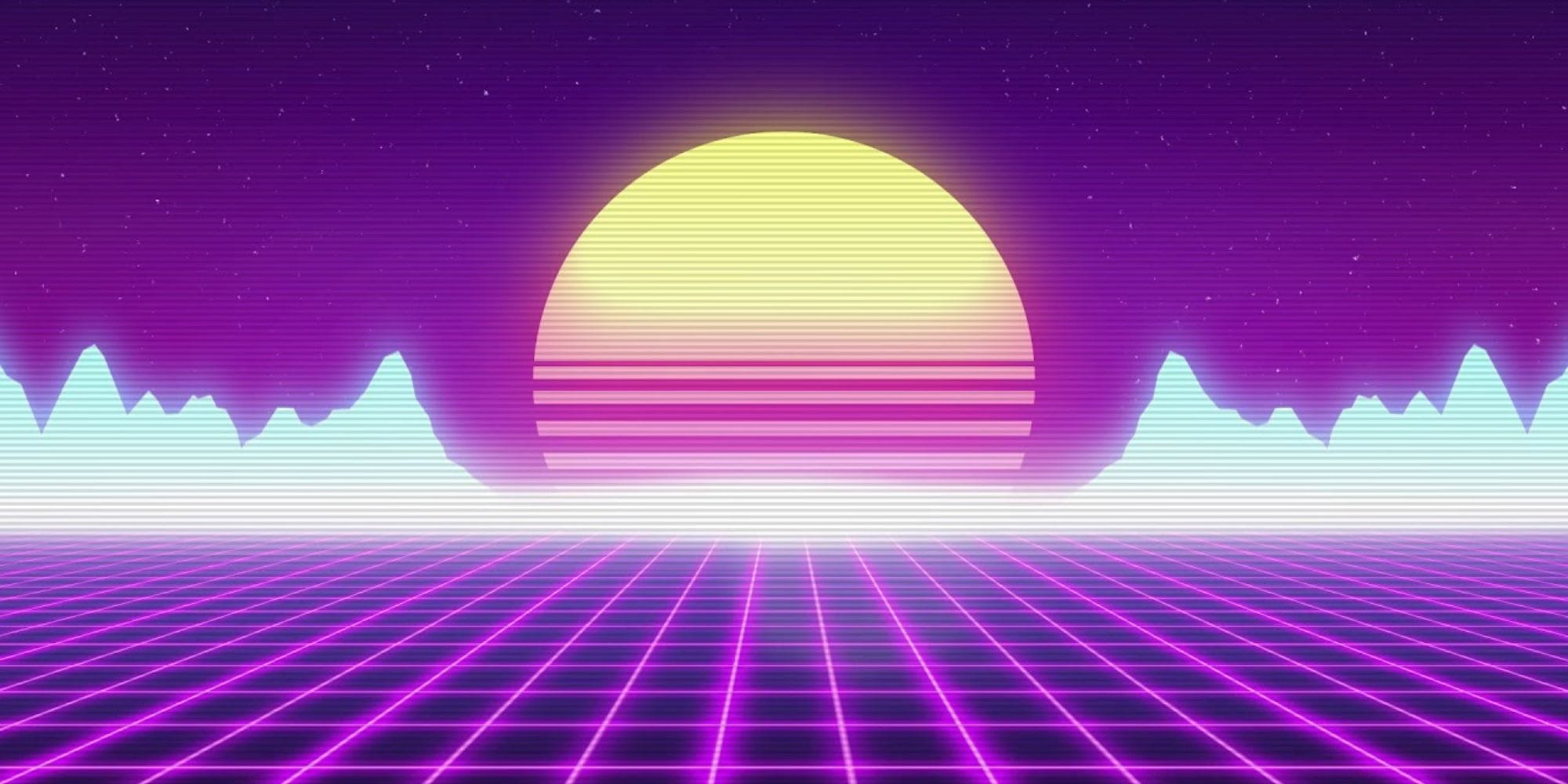
But here’s the thing: Vapourwave is more than just a look. It’s about how it makes you feel. It taps into the unease of living in a world where everything is online, where memories are stored in the cloud, and our connections are filtered through screens. It’s a soundtrack to the anxiety and melancholy of our hyper-connected yet isolated lives.
___STEADY_PAYWALL___
This emotional depth is what makes Vapourwave more than just a flash in the pan. It’s not just about cool visuals or catchy tunes; it’s a way of making sense of the messy, confusing, digital world we live in. It’s a reminder that, while we might be hurtling towards an uncertain future, the past is always there, haunting us, shaping our present in ways we don’t always understand.


In the end, Vapourwave is a reflection of our digital age—a swirling, distorted mirror that shows us both what we’ve lost and what we might become. It’s a critique of consumer culture, a longing for something we can’t quite name, and a meditation on the weirdness of living in a time where the line between reality and the virtual is increasingly blurred. So, the next time you hear those warped synths or see those pastel grids, remember: it’s more than just an aesthetic—it’s the sound of our collective digital dreams and nightmares.
Enjoyed this story? Support independent gaming and online news by purchasing the latest issue of G.URL. Unlock exclusive content, interviews, and features that celebrate feminine creatives. Get your copy of the physical or digital magazine today!
